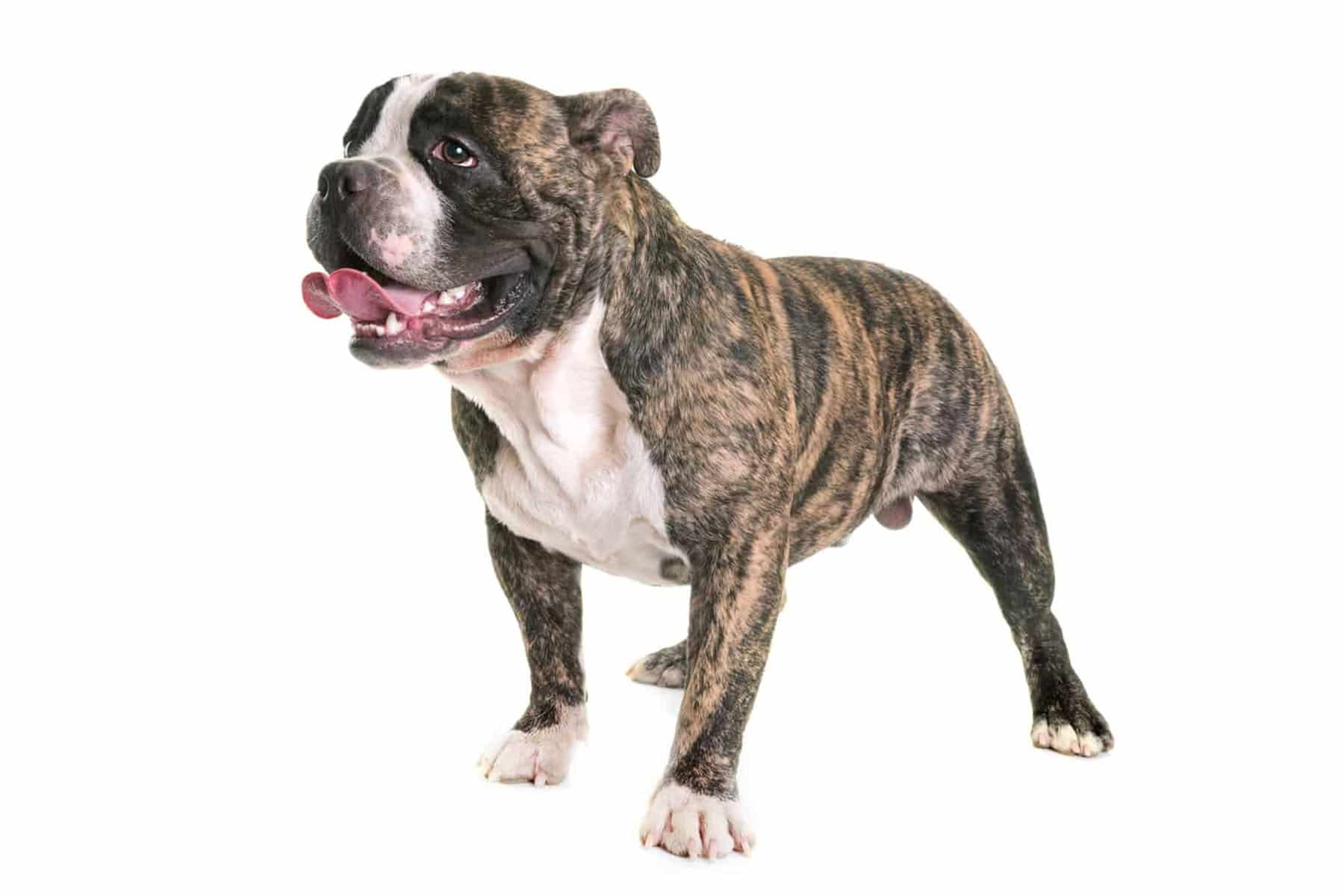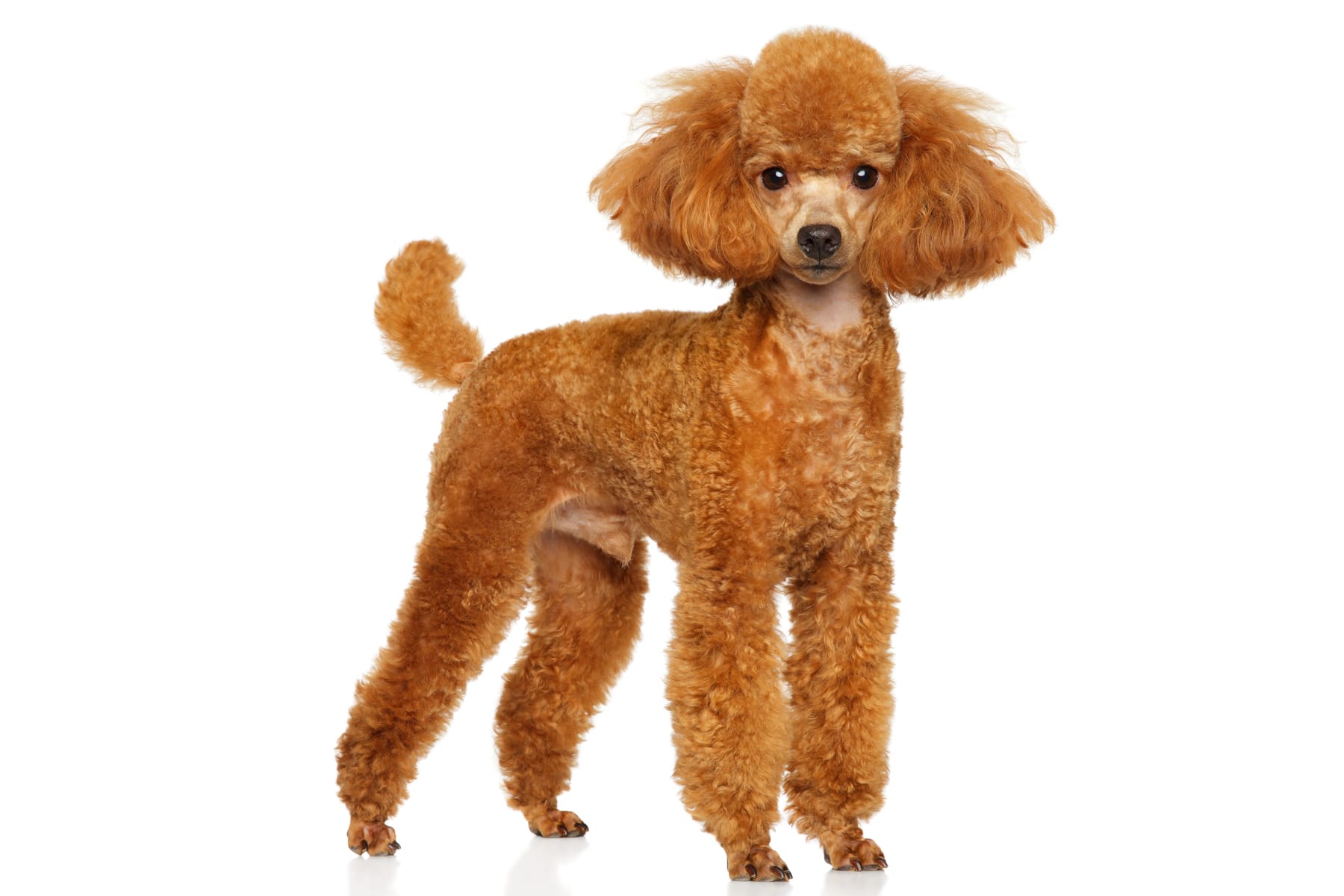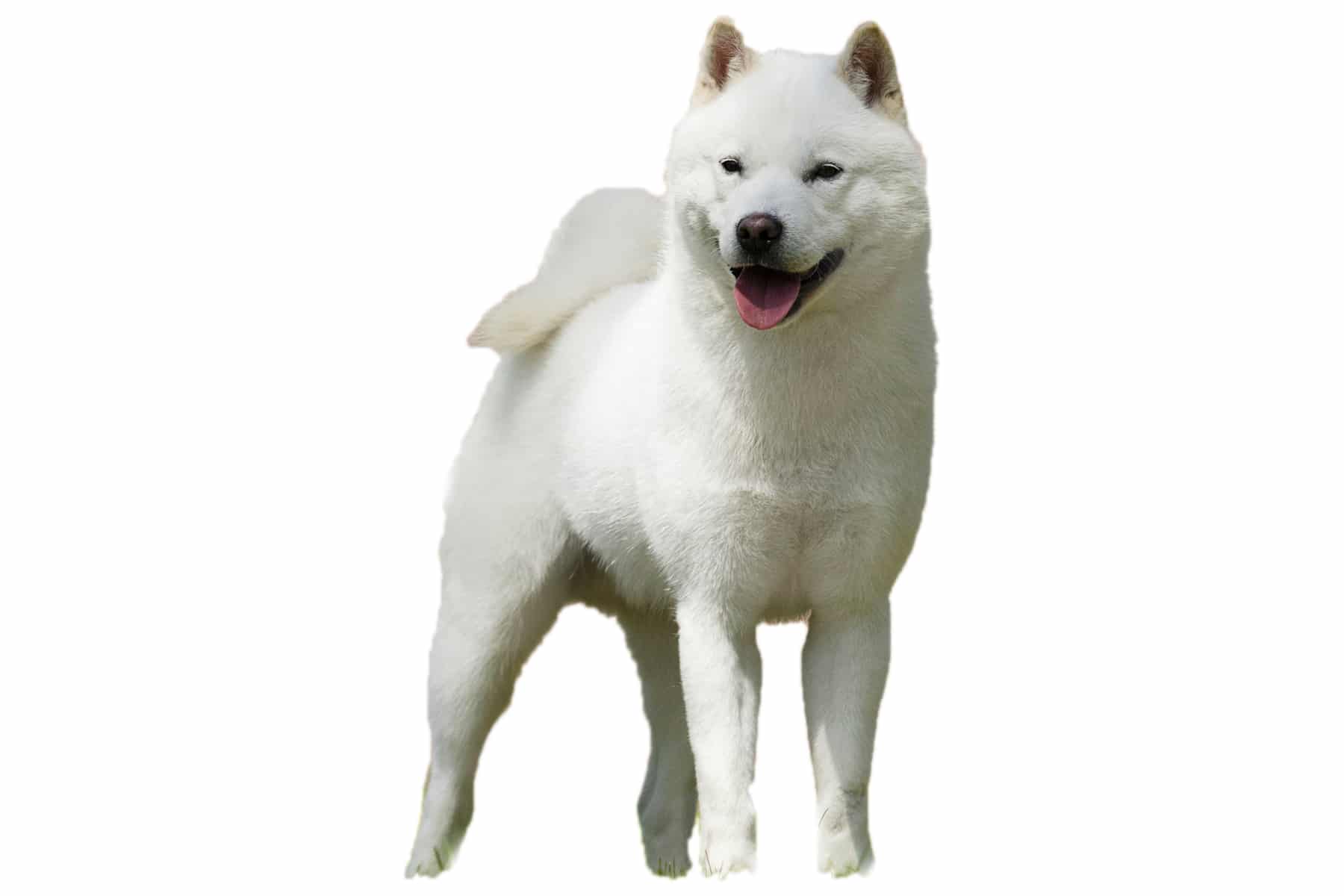Finnish Lapphund
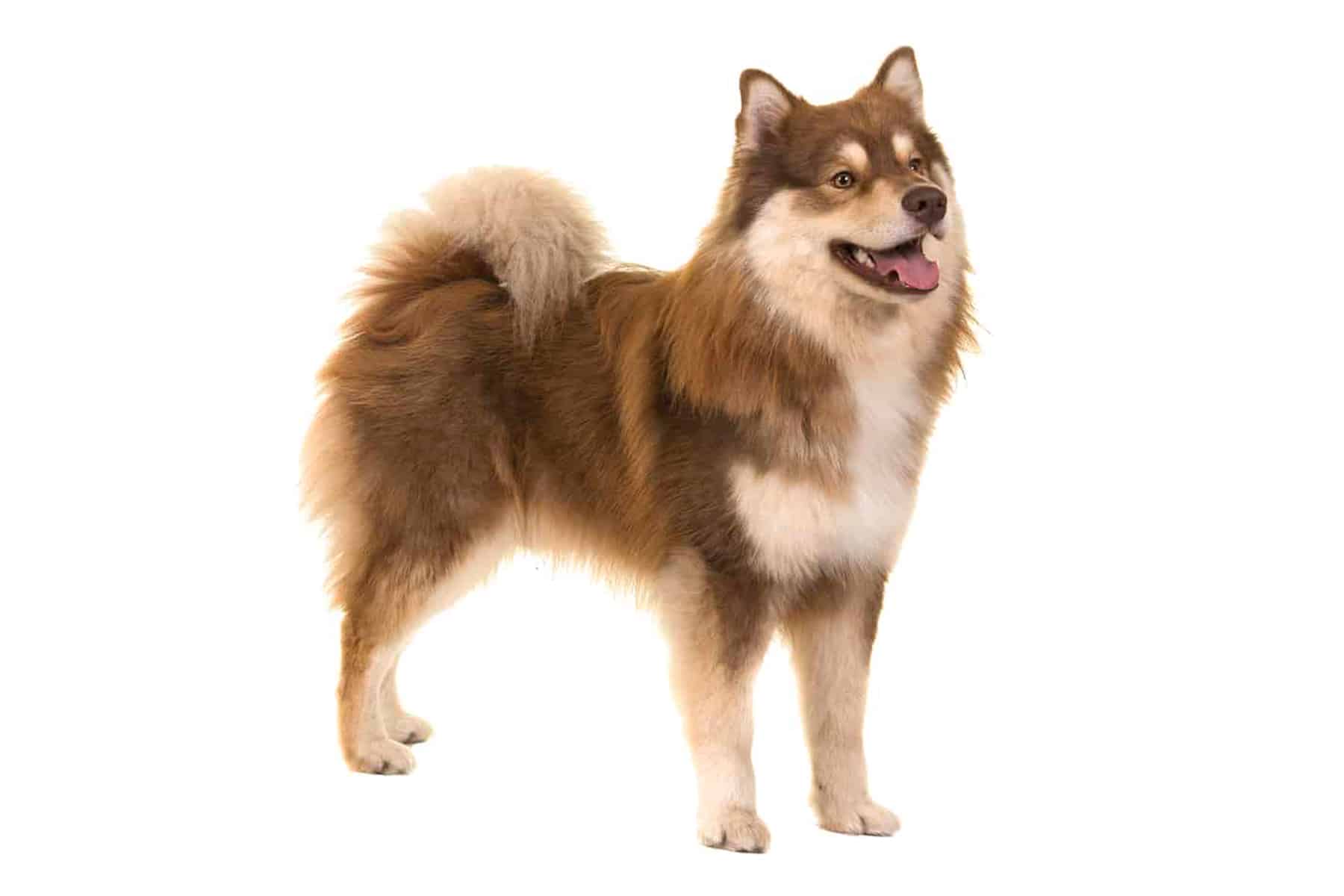
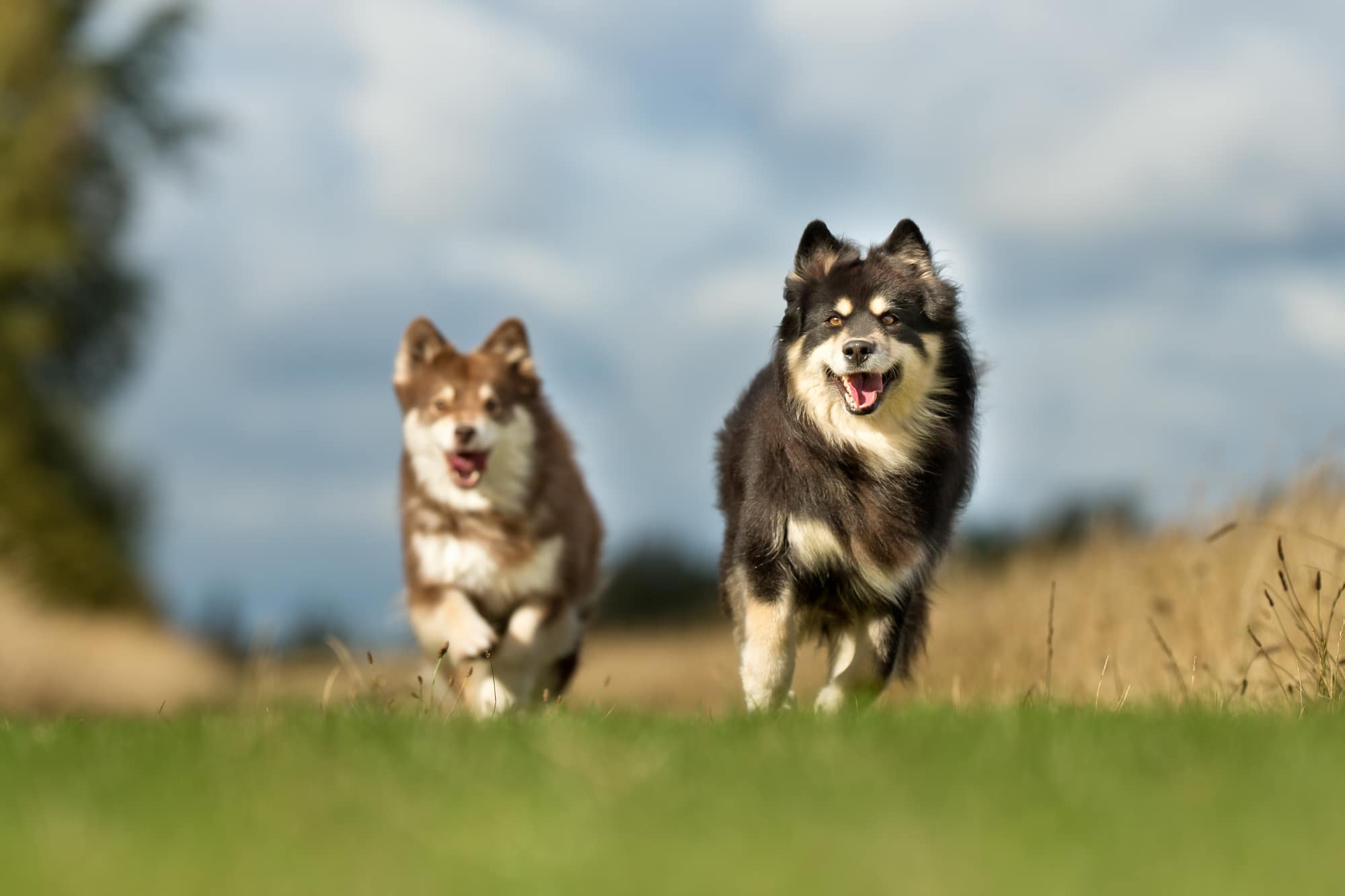
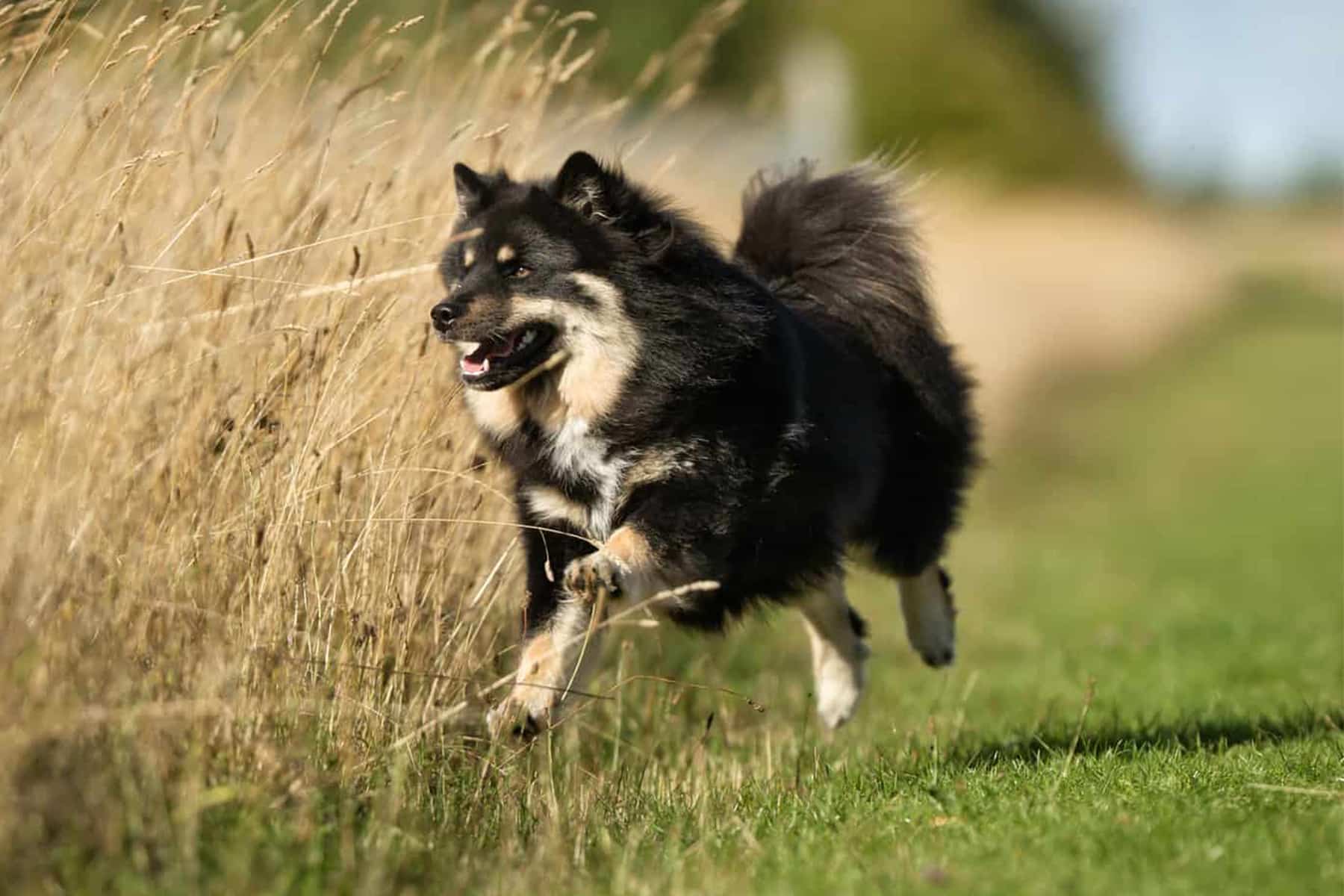
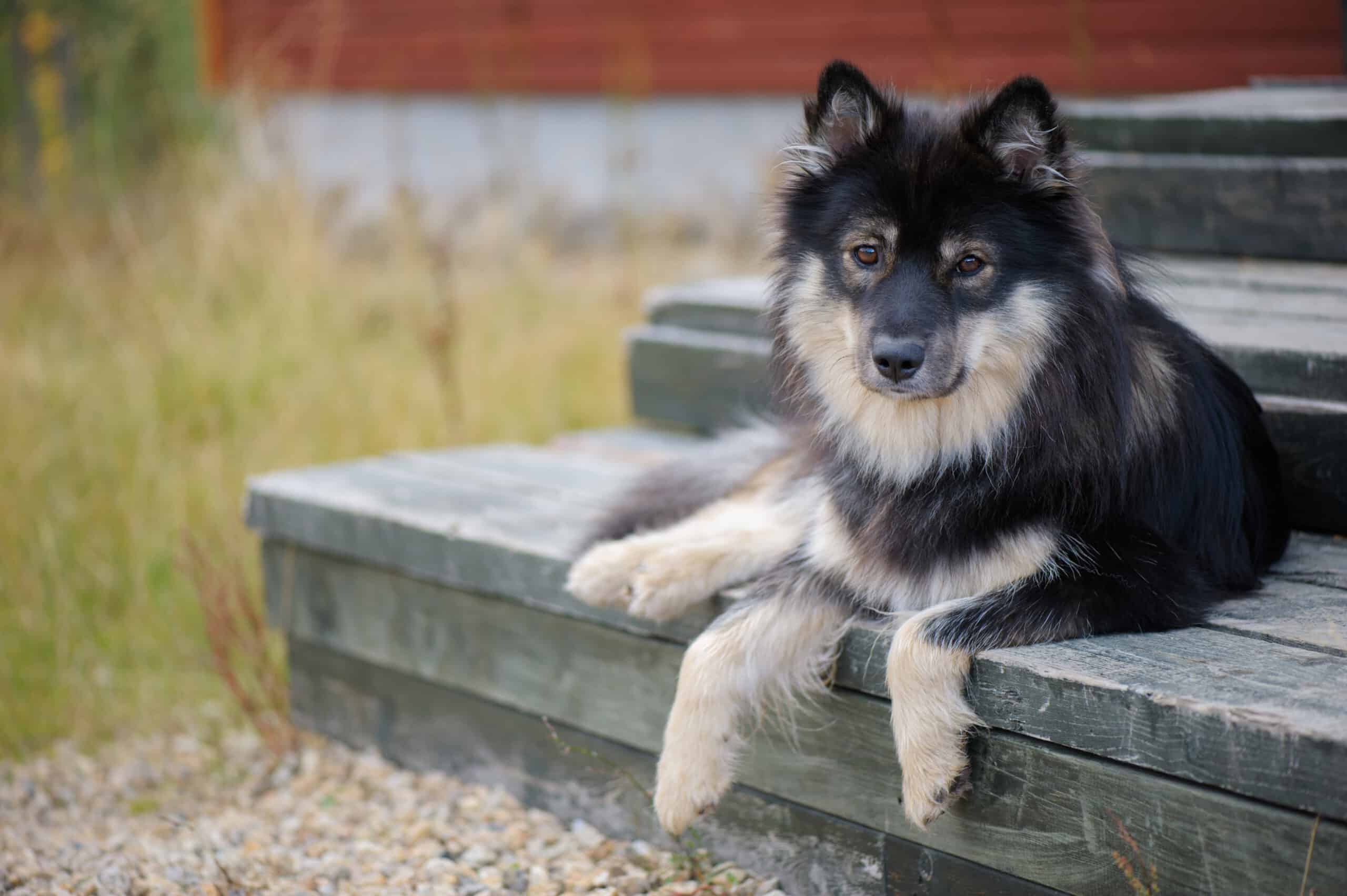
Temperament:
A very special dog comes from the cold regions of the Arctic Circle: the weatherproof Finnish Lapphund. This sensitive breed is actually one of the friendliest dog breeds of all. It's not "small but mighty", but "small and mighty"! Even its ancestors defied large reindeer. And indeed, courage and empathy still characterize the Finnish Lapphund today.
Characteristics
Finnish Lapphunds are immediately recognizable as Nordic dogs to those in the know. Their luxuriant coat is a good indication of this. They shed a lot of fur. Despite their tendency to shed, they are popular pets.
The Finnish Lapphund is a medium to small sized breed. It is a good combination of a Nordic-looking dog with the serious temperament of a guard dog. It is also often described as intelligent, lively and agile.
However, their most endearing quality is their friendliness. This is also reflected in their appearance. You can easily recognize a gentle nature in the facial expression of a Finnish Lapphund. Its overall appearance also indicates this.
Another characteristic of the Finnish Lapphund is its pointed face. Many people find it particularly sweet and cute. Not to be despised is also its great inquisitiveness and quick comprehension.
Finnish Lapphunds are usually around 49 cm tall. Surprisingly, these small dogs are very muscular, robust and strong for their size. But that's not all: they are also very fast and agile.
Movement is no problem for the Lapphund. It can move quickly and agilely.
Finnish Lapphunds are very popular as submissive and loyal companions. However, they can be suspicious of strangers. Nevertheless, they seek companionship and closeness to their humans. Finnish Lapphunds can quickly feel neglected and therefore need a lot of attention.
For centuries, Lapphunds were used to herd reindeer. You can still see the results today: They are very eager to bark. However, this can be easily controlled during training. They have excellent comprehension skills.
Coat care:
Shedding:
Energy level:
Trainability:
Children suitable:
The right food
When choosing food, make sure that it contains high-quality ingredients, is balanced and meets your dog's requirements. Age, size or weight, activity and health status play an important role. You should follow the manufacturer's recommendations for the amount of food.
Treats should only be fed in moderation and deducted from the basic diet to avoid obesity.
Puppies can be fed 4-6 times a day. The number of meals should be gradually reduced to 2 per day until the dog is fully grown. A rest period should be observed after meals.
Fresh drinking water should be available at all times.
Health & Care
The Finnish Lapphund has a double coat. It has a smooth top coat over a soft, dense undercoat. Weekly brushing removes dirt and loose hair. After brushing, your dog will not only look healthy, it will feel healthy too.
Daily brushing is recommended during the shedding period.
The special thing about Lapphunds is that they hardly smell of dog. In contrast to some other dog breeds, they have a milder odor. It is therefore usually sufficient to wash them when necessary. For example, after playing in the mud.
Finnish Lapphunds should never be shaved! It may sound surprising, but despite their thick fur, they do not overheat. Not even at high temperatures. On the contrary, their fur keeps them warm in cold weather.
As with all dog breeds, claws should be trimmed regularly as long as they do not wear off by themselves. Claws that are too long are very painful for the dog. Long claws can make walking and running considerably more difficult and lead to deformities.
The Finnish Lapphund is a healthy breed. Nevertheless, there are some problem areas. Lapphunds are prone to hip and joint problems.
Some Finnish Lapphunds have problems with the retina in the eye. This can even lead to loss of sight if treated incorrectly or not at all. Don't forget to check your Lapphund's ears for signs of infection. Brushing their teeth is also important.
Suitable accessories
The basic equipment for your Finnish Lapphund should be as follows: Collar or harness with lead, dog basket or dog mat as a retreat, water and food bowl, tick tweezers, claw clippers, mild dog shampoo, brush and comb, toothbrush and toothpaste for dogs, transport box for transportation in the car and a first aid kit. Ask your vet what belongs in the first aid kit.
Attending a dog school as a puppy is recommended for the Finnish Lapphund. They should never be left alone for long periods of time.
The ancestors of the Finnish Lapphund were herding dogs. This makes their descendants very intelligent animals even today. For example, they are very quick to grasp things. Lapphunds also have a strong willpower. Intelligence toys are recommended to keep them occupied.
Finnish Lapphunds are calm dogs that do not need a lot of exercise and activity. At least one long walk a day is usually sufficient. This keeps the breed healthy and happy. In addition, playing together with a ball satisfies the need for activity.
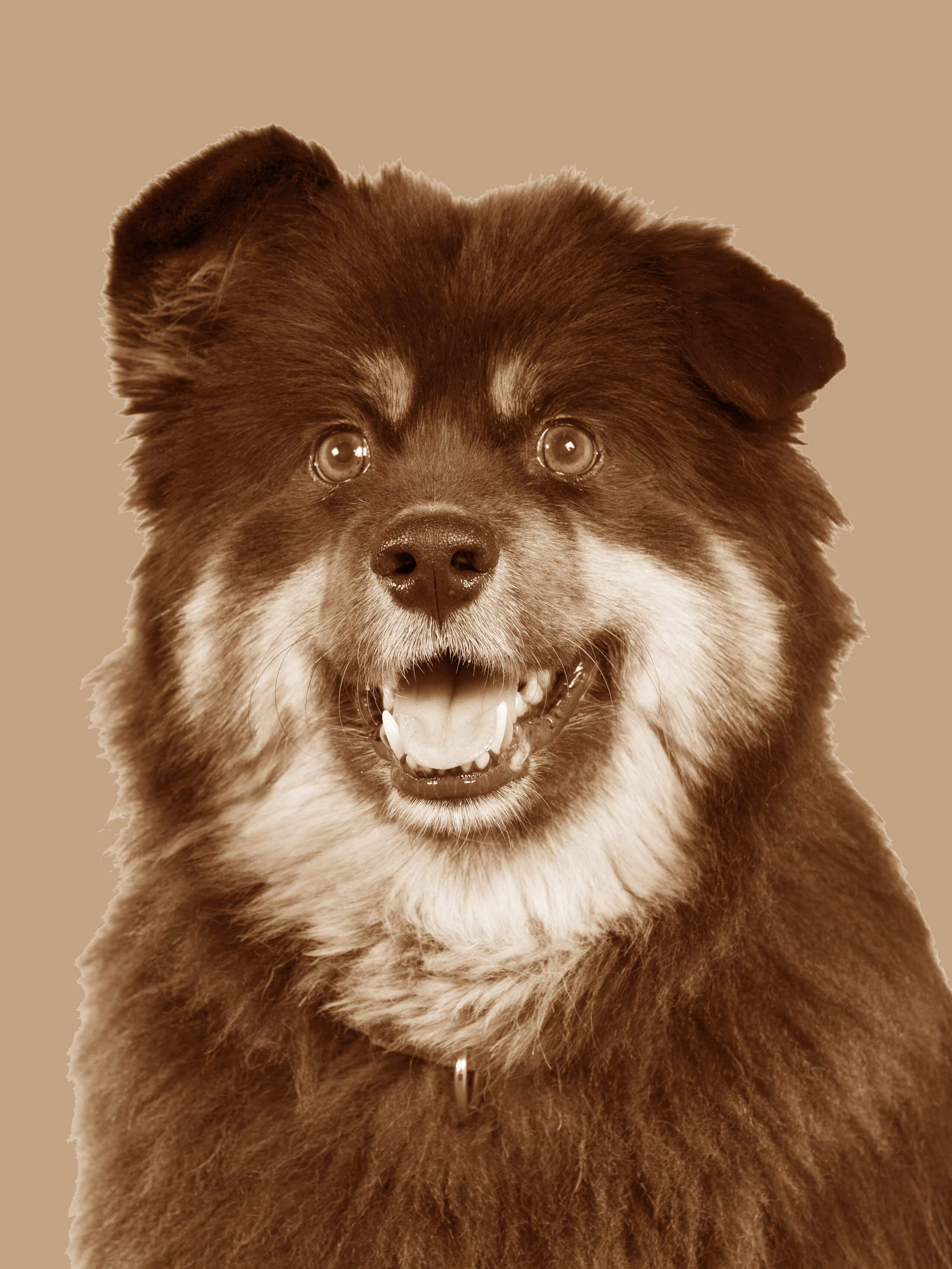
Origin & History
The name gives it away: Lapphunds come from Lapland. Lapland lies north of the Arctic Circle. It includes parts of Norway, Sweden, Finland and even north-western Russia. The region is named after the Lapp people, also known as the Sami. They have lived on this sparsely populated continent for several thousand years.
The ancestors of the Finnish Lapphund called this region their home. They were mainly used by the Sami as helpers in reindeer hunts in the vast, barren tundra. Later, when the Sami turned from hunters to nomads, the Lapphund served as a herding dog and herd leader.
It is assumed that today's Lapphund is descended from the Spitz breed. Researchers were able to prove the first breeding forms as early as antiquity. The Lapphund developed together with the Sami.
Over time, dogs became close companions and friends of humans. They even had their own tasks in the community. Lapphunds were guardians. They went hunting with their owners and kept the reindeer herds in check.
As it could get very cold in the north, the dogs with their thick fur slept next to humans on bitterly cold, snowy nights. This explains the sociability that still characterizes Finnish Lapphunds today.
The Finnish Kennel Club established the first standards for these dogs. In 1967 the name was changed to Lapphund. In the 1970s the breed and its standards were defined several times and in 1993 the name was changed again to Finnish Lapphund. Today, the breed is mainly found in Finland as a domestic dog.
They were finally recognized as a breed by the FCI in 1955.
